Immerse yourself in the enchanting world of Japanese gardens with this captivating visual guide. Discover the essence of these serene landscapes as you explore the five key elements that make them truly unique. From the carefully placed rocks and bridges to the meticulously pruned trees and shrubs, this article offers a delightful tour through the artistry and symbolism of Japanese garden design. Experience the tranquility and harmony that these gardens evoke and gain a deeper understanding of their cultural significance. Let your imagination wander as you embark on this visual journey through the 5 Elements of Japanese Gardens.
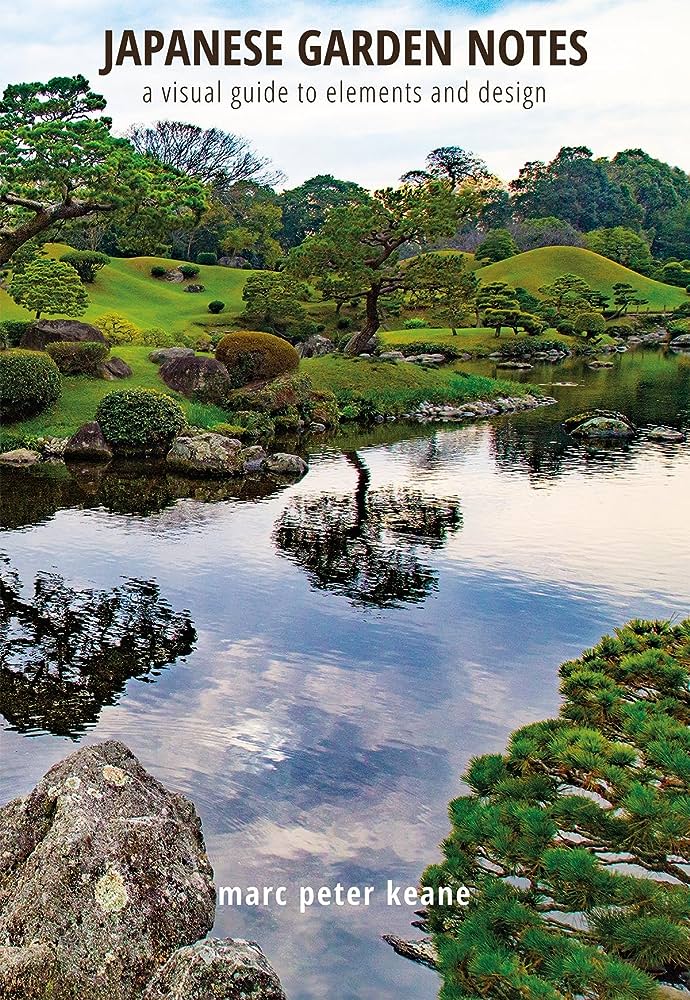
This image is property of Amazon.com.
1. Introduction
Welcome to “The 5 Elements of Japanese Gardens: A Visual Guide.” In this article, we will take you on a journey through the enchanting world of Japanese gardens, exploring their history, design principles, and the elements that make them truly unique. Whether you are a garden enthusiast or simply appreciate the beauty of nature, this guide will provide you with a comprehensive understanding of Japanese gardens and inspire you to create your own serene oasis.
2. Overview of Japanese Gardens
2.1 Historical Background
Japanese gardens have a rich history that dates back centuries. They were initially inspired by Chinese gardens and evolved into their distinct style during the Heian period (794-1185). Originally, Japanese gardens were reserved for the elite and symbolized power, wealth, and prestige. However, over time, they became more accessible to the general public and played a vital role in promoting tranquility and spiritual connection with nature.
2.2 Design Principles
Japanese gardens are renowned for their meticulous design and attention to detail. They follow specific principles to create a harmonious and balanced space. These principles include asymmetry, naturalness, simplicity, and the use of borrowed scenery. The placement of each element is carefully planned to ensure it complements and enhances the overall aesthetic. Japanese gardens aim to create a sense of serenity and offer a refuge from the chaos of the outside world.
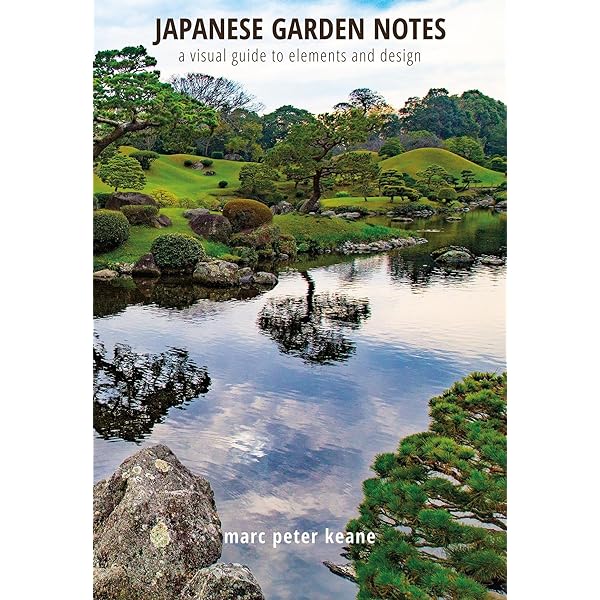
This image is property of Amazon.com.
3. Element 1: Water
3.1 Importance of Water in Japanese Gardens
Water is a vital element in Japanese gardens and holds immense cultural and symbolic significance. It represents purity, tranquility, and life-giving forces. The presence of water evokes a sense of calmness and adds a dynamic element to the garden. A well-designed water feature can transform an ordinary space into a serene oasis, providing a soothing soundtrack of flowing water and reflecting the surrounding beauty.
3.2 Types of Water Features
There are various types of water features commonly found in Japanese gardens. One of the most iconic is the koi pond, which is often adorned with vibrant carp swimming gracefully amidst lush foliage. Other water features include cascading waterfalls, gently meandering streams, and serene stone basins known as tsukubai. Each water feature serves a purpose and enhances the overall harmony of the garden.
4. Element 2: Rocks
4.1 Significance of Rocks in Japanese Gardens
Rocks are considered the backbone of Japanese gardens, representing the enduring strength and stability of nature. They are strategically placed to mimic natural landscapes such as mountains, hills, or islands. The shape, size, and texture of the rocks are carefully chosen to create a sense of balance and harmony. Rocks also symbolize longevity and serve as focal points within the garden.
4.2 Different Types of Rocks Used
Japanese gardens feature a variety of rocks, each with its own unique characteristics. Some common types include tsubo-niwa rocks, which are small and rounded, and ishi-gumi rocks, which are larger and irregular in shape. Other types include seki-ishi or “standing stones,” and suiseki, which are naturally formed stones revered for their aesthetic qualities. The selection and arrangement of rocks contribute to the overall aesthetic and reflect the intended feelings or themes of the garden.
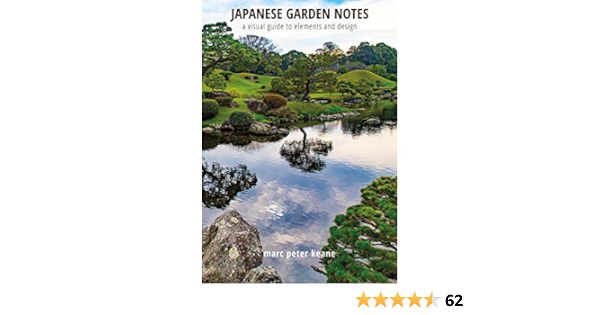
This image is property of Amazon.com.
5. Element 3: Plants
5.1 Role of Plants in Japanese Gardens
Plants play a crucial role in Japanese gardens, providing color, texture, and seasonal changes. They are thoughtfully selected to create a harmonious blend of natural elements. Japanese garden design often prioritizes evergreen plants and those that change color throughout the seasons, such as maples and cherry blossoms. Trees, shrubs, moss, and grasses create a lush and tranquil atmosphere, reflecting the changing moods of nature.
5.2 Traditional Japanese Plants
Traditional Japanese plants are carefully chosen to complement the overall design aesthetic and cultural significance. Some iconic plants found in Japanese gardens include cherry blossoms (sakura), which symbolize the beauty and transience of life, and bamboo, which represents strength and resilience. Other popular plants include Japanese maple (momiji), pine trees (matsu), and colorful blossoms such as azaleas and camellias. These plants create a mesmerizing display of colors that delight the senses throughout the year.
6. Element 4: Structures
6.1 Purpose of Structures in Japanese Gardens
Structures in Japanese gardens serve functional and aesthetic purposes. They provide shelter, viewpoints, and areas for introspection and contemplation. Structures, such as pavilions, teahouses, and bridges, are meticulously designed to blend seamlessly with the natural surroundings. They often feature traditional architectural styles, utilizing natural materials like wood and stone. These structures offer a sense of tranquility and invite visitors to engage with the garden on a deeper level.
6.2 Common Architectural Elements
Common architectural elements in Japanese gardens include pavilions (shoin-zukuri), teahouses (chashitsu), and bridges (hashi). Pavilions feature open terraces with sliding doors, providing panoramic views of the garden. Teahouses are intimate spaces for tea ceremonies, designed to promote mindfulness and a connection with nature. Bridges serve both functional and aesthetic purposes, allowing visitors to traverse water features while adding a focal point and enhancing the overall beauty of the garden.
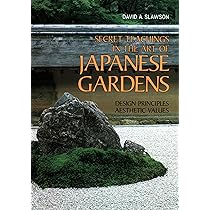
This image is property of Amazon.com.
7. Element 5: Ornaments
7.1 Ornamental Objects in Japanese Gardens
Ornaments play a significant role in adding visual interest and symbolism to Japanese gardens. They can range from small stone lanterns (ishidoro) to elaborate sculptures and statues. Lanterns, specifically, are believed to guide visitors through the garden and represent illumination and enlightenment. Other common ornaments include water basins (tsukubai) and decorative stepping stones (tobi-ishi). These ornaments enhance the overall ambiance of the garden and contribute to its unique character.
7.2 Symbolism of Ornaments
Each ornament in a Japanese garden has its own symbolism and purpose. Stone lanterns represent the illumination of one’s spiritual path, while water basins symbolize purity and cleansing. Decorative stepping stones guide visitors on a journey throughout the garden, reflecting the concept of mindfulness and creating an intentional and purposeful experience. These ornaments not only add visual interest but also convey deeper philosophical and cultural meanings.
8. Creating Harmony with the 5 Elements
8.1 Balancing the Elements
The key to a successful Japanese garden lies in achieving a harmonious balance between the five elements: water, rocks, plants, structures, and ornaments. Each element should complement and enhance the others, creating a cohesive and aesthetically pleasing environment. Careful consideration is given to the placement, size, and visual weight of each element, ensuring that no single component overpowers the others. Balancing the elements creates a sense of tranquility and visual harmony.
8.2 Contrasting and Complementing
While achieving harmony is crucial, Japanese garden design also incorporates contrast and complementation. Contrasting elements, such as rough rocks against smooth water surfaces or vibrant foliage against a serene backdrop, create visual interest and highlight the unique characteristics of each component. Complementary elements, such as a garden structure that echoes the shapes of surrounding rocks, enhance the overall aesthetic unity. The interplay between contrast and complementation adds depth and complexity to the garden’s visual appeal.
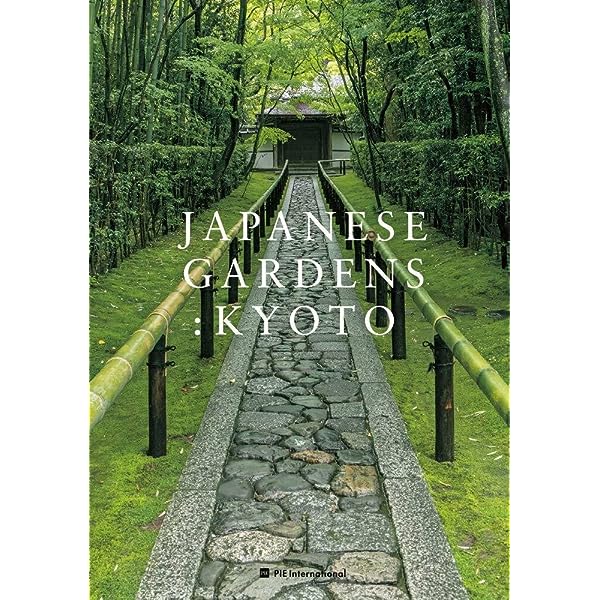
This image is property of Amazon.com.
9. Popular Japanese Garden Styles
9.1 Karesansui (Dry Landscape) Gardens
Karesansui, also known as dry landscape gardens or rock gardens, represent the essence of simplicity and minimalism. They are characterized by the absence of water elements and rely heavily on rocks and gravel to depict natural landscapes. Karesansui gardens are often found in Zen Buddhist temples and evoke a sense of tranquility and meditation. They provide a space for contemplation and connect visitors with the natural world through the careful arrangement of rocks and the raked patterns in the gravel.
9.2 Tsukiyama (Hill-and-Pond) Gardens
Tsukiyama gardens, also known as hill-and-pond gardens, create a scenic and picturesque landscape reminiscent of rolling hills, mountains, and serene ponds. They are meticulously designed to mimic natural topography and incorporate water elements, such as ponds and streams. Tsukiyama gardens often feature meandering paths, strategically placed rocks, and lush vegetation. These gardens aim to provide a sense of escape and transport visitors to a peaceful and idyllic natural setting.
10. Famous Japanese Gardens
10.1 Ryoan-ji Temple Garden
Ryoan-ji Temple Garden, located in Kyoto, is one of Japan’s most iconic rock gardens. It is a Karesansui-style garden that consists of white sand meticulously raked to represent ripples in water. The garden features 15 rocks placed in groups, but only 14 can be seen from any viewpoint. This intentional arrangement invites contemplation and encourages a focus on the present moment. Ryoan-ji Temple Garden exemplifies the simplicity and beauty of Zen-inspired design.
10.2 Kenroku-en Garden
Kenroku-en Garden, situated in Kanazawa, is one of the three great gardens of Japan and is renowned for its breathtaking beauty. This Tsukiyama-style garden features a large pond, rolling hills, and meticulously pruned trees. It offers stunning views in every season, from cherry blossoms in spring to vibrant foliage in autumn. Kenroku-en Garden showcases the meticulous craftsmanship and attention to detail that define Japanese garden design.
In conclusion, Japanese gardens are a harmonious fusion of nature, culture, and spirituality. Their meticulous design, adherence to principles, and attention to detail create serene and transcendent spaces that invite contemplation and reflection. By exploring the five essential elements – water, rocks, plants, structures, and ornaments – and understanding their significance and symbolism, we gain a deeper appreciation for the beauty and tranquility of Japanese gardens. Whether you are fortunate enough to visit a famous garden or create your own miniature oasis, may these elements guide you on a remarkable journey of inner peace and connection with nature.

